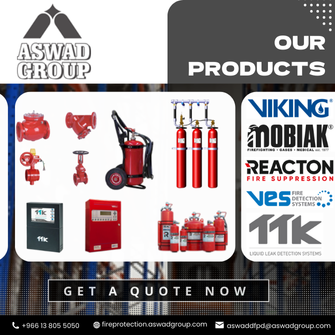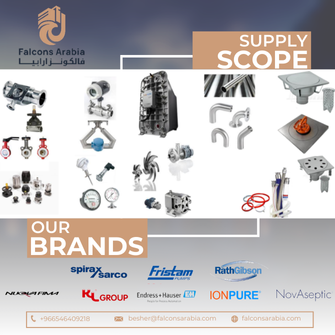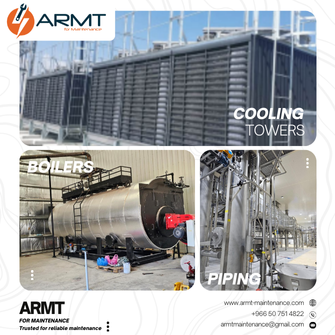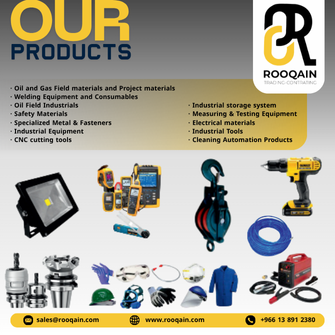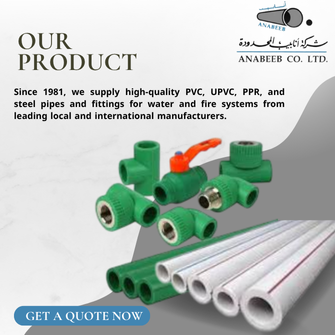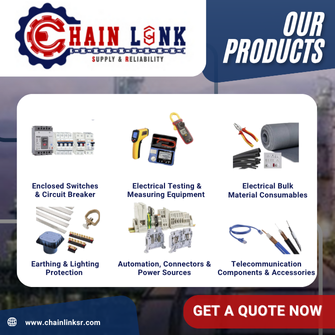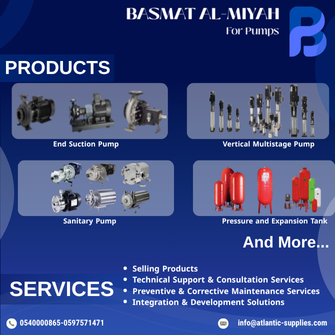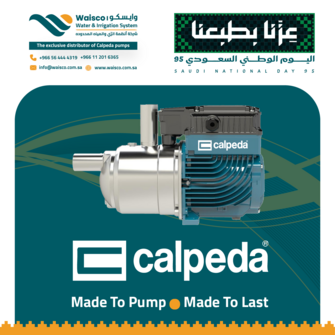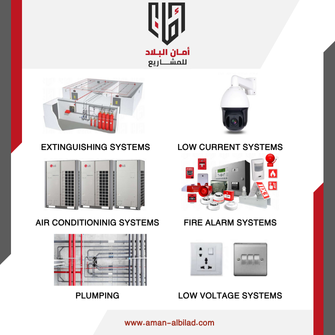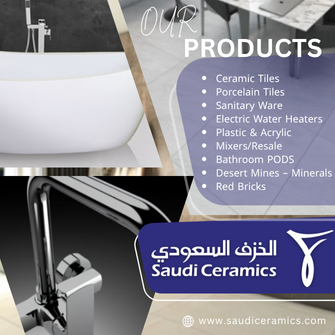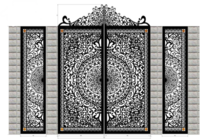advertisement
Gallery
Product Information
The best type of industrial door for a warehouse depends on a number of different factors, including what’s being stored inside, and how people will be gaining access during a typical working day.
In this post, we’ll look at some of the things that could influence your specification for a warehouse door.
Storage factors
In the majority of cases, it’s unlikely that what’s actually being stored inside a warehouse will influence the type of industrial door required. However, there will be some where the right type of door can make a difference.
One of the key factors is temperature. If you’re storing goods that need to be kept at a certain level – usually liquids, which are at risk of freezing, or natural products that are at risk of spoiling – the right door can be essential.
Industrial warehouse doors are usually very large, providing an equally large opportunity for heat loss, unless they are designed to reduce heat loss. For example, insulated roller shutters feature twin-ribbed curtains and weather seals to keep heat in.
Our shutters have an insulation rating of 0.69 Watts per meter-Kelvin (W/m2K) through the centre of the lath. A lower rating means less heat is lost – to put it in context, single glazing windows typically have a rating of 4.8 to 5.8 W/m2K, while double glazing is around 1.2 to 3.7 W/m2K.
Operation needs
In particularly sensitive environments, an insulated door that takes longer to open and close multiple times a day could offer worse protection than an uninsulated high-speed door that ensures open and closing times are as short as possible.
If a door has to open and close 100 times in a typical working day, and takes two minutes to fully open or close, a warehouse will be exposed to the cold for 400 extra minutes, on top of the time needed for a vehicle to enter or leave – that’s a lot of time to be losing heat. High speed doors, on the other hand, have opening speeds as fast as one metre per second.
Of course, it’s also possible for high speed doors to be insulated, providing the best of both worlds, but this may be a slightly more expensive option – something to keep in mind if multiple doors are needed for a site.
Location and weather
Warehouses can also be noisy environments, and insulated doors can serve another useful purpose in these cases, helping to reduce the amount of noise pollution from a building. This is particularly useful for sites surrounded by residential areas, for example.
As previously mentioned, weather seals and insulation prevent heat loss – and this is useful not just for storing items that need to be kept at a certain temperature. In colder areas of the country, this can also be essential for maintaining a comfortable working temperature for staff, without relying on heaters.
Access issues
As well as reducing temperature loss, high speed doors are also valuable for warehouses where regular access is needed. For fast-moving businesses with multiple collections and deliveries every day, time spent waiting for doors to open and close can build up, wasting hours over the course of a day.
Pedestrian access is also important – high security doors prevent unwanted access, and fire exit doors will also be required. If space considerations don’t allow for a separate pedestrian door, it may be that a wicket door is an invaluable timesaver, removing the need to open and close the main shutter for pedestrian traffic.
A bespoke approach
Often, the exact specification for a warehouse door will be unique to the premises. Consulting with an industrial door manufacturer that designs and produces a variety of options to order can help you find the perfect fit.
Looking for new opportunities in the Saudi market?
Receiving real RFQs is the key for new orders.
Here in Project Suppliers platform we gain you the new opportunity.

